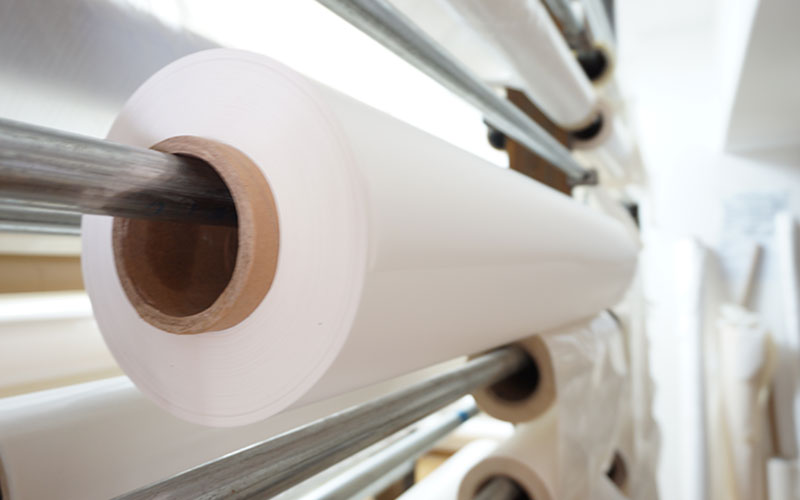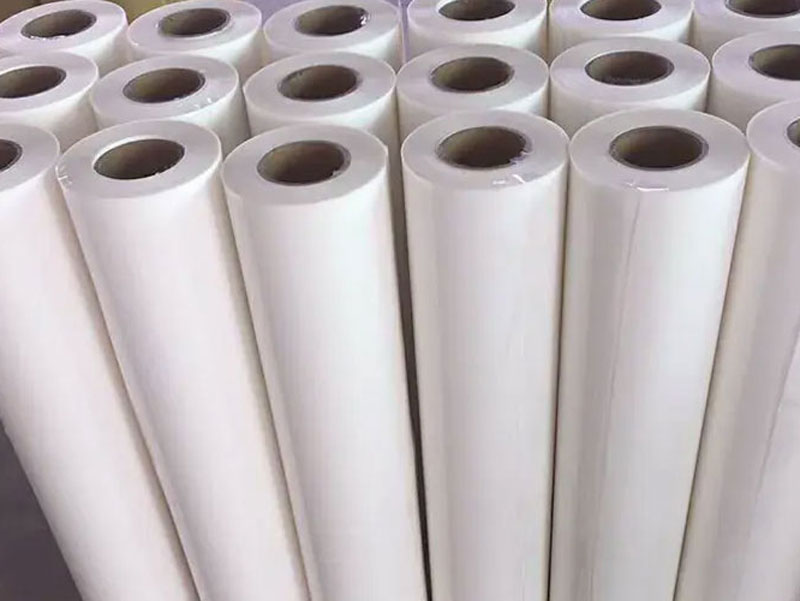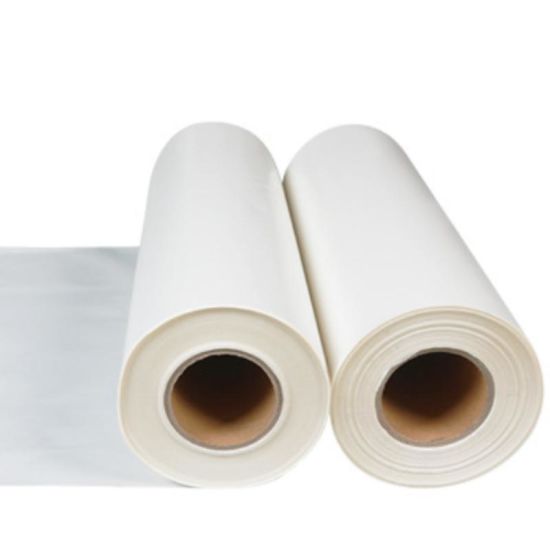In today’s rapidly evolving textile and garment industry, manufacturers are constantly seeking efficient, reliable, and eco-friendly bonding solutions. One technology that has transformed the way fabrics are assembled is hotmelt adhesive. Known for its quick bonding ability, clean application, and versatility, hotmelt adhesive has become a critical component in modern apparel production.
But what exactly is hotmelt adhesive? How is it used in the garment industry, and why is it preferred over traditional stitching or solvent-based gluing methods? In this comprehensive article, we will explore the science behind hotmelt adhesive, its extensive use in the fashion and apparel industry, and its expanding role in other sectors such as automotive, packaging, footwear, and electronics.

What Is Hotmelt Adhesive?
Hotmelt adhesive (also known as hot melt glue) is a thermoplastic bonding material that becomes tacky when heated and solidifies upon cooling, forming a strong, durable bond. Unlike solvent-based adhesives, hotmelts do not contain volatile organic compounds (VOCs), making them more environmentally friendly and suitable for sensitive applications like garment manufacturing.
Hotmelt adhesives are usually supplied in the form of pellets, granules, sticks, or films, and are melted using specialized machines or heat pressing equipment before being applied between fabric layers or other materials.
Common Types of Hotmelt Adhesive:
EVA (Ethylene Vinyl Acetate): Excellent flexibility and low-cost option.
TPU (Thermoplastic Polyurethane): High elasticity, used for stretch fabrics.
Polyamide (PA): Offers strong bonding with synthetic fabrics.
Polyester (PES): Good washing resistance and durability.
Why Hotmelt Adhesive Is Widely Used in the Garment Industry
1. Seamless Bonding for Modern Fashion
The rise of seamless apparel—especially in sportswear, underwear, and activewear—has boosted the demand for hotmelt adhesive. By eliminating the need for traditional stitching, garments achieve a smoother finish, improved elasticity, and reduced chafing. Hotmelt films or webs are used to bond fabrics edge-to-edge, creating virtually invisible seams.
2. Lightweight and Flexible
In contrast to bulky stitched seams, bonded garments are significantly lighter. Hotmelt adhesive forms a thin, flexible layer between fabric panels, maintaining comfort without compromising strength. This is especially important in performance wear, where mobility and comfort are paramount.
3. Wash and Heat Resistance
High-quality hotmelt adhesive products are engineered to withstand repeated washing and drying cycles without delaminating. Many formulations are also resistant to heat and sweat, making them ideal for sports apparel, uniforms, and even flame-retardant clothing.
4. Enhanced Aesthetic and Design Freedom
Hotmelt bonding allows designers to innovate beyond the limitations of stitching. From clean hems and decorative overlays to laser-cut edges and intricate logos, this adhesive technology opens up creative possibilities that traditional methods cannot match.
5. Efficient and Eco-Friendly Production
Modern heat pressing and lamination machines can apply hotmelt adhesive quickly and consistently. This boosts productivity while reducing labor costs. Additionally, because hotmelt adhesives are solvent-free, they contribute to a safer working environment and lower carbon footprint.
Applications of Hotmelt Adhesive in the Apparel Industry
1. Seamless Sportswear and Underwear
Bonded seams in athletic wear eliminate friction and enhance the wearer’s comfort. Brands producing compression garments, yoga pants, and running gear rely on hotmelt adhesive to deliver high-performance clothing.
2. Labels, Logos, and Badges
Heat-activated adhesives are commonly used to attach logos, size labels, and brand tags to garments. This ensures durability without additional stitching and allows for unique placement and design flexibility.
3. Functional Outerwear
Technical jackets, waterproof garments, and windbreakers often incorporate hotmelt adhesive to attach waterproof membranes, zippers, and reinforcements, ensuring durability and weather protection.
4. Lingerie and Intimate Apparel
The bonding of delicate lace, mesh, and soft fabrics without visible stitching is a signature feature of luxury lingerie. Hotmelt adhesive ensures a soft, smooth feel against the skin while maintaining structural integrity.
5. Hemming and Cuff Bonding
Hotmelt adhesive tapes are widely used in the final stage of garment production to create hems, cuffs, and necklines, ensuring a flat, professional finish that holds up over time.

Equipment Used for Applying Hotmelt Adhesive
To efficiently utilize hotmelt adhesives in garment manufacturing, specialized equipment is essential:
Heat Press Machines: Apply precise heat and pressure to bond hotmelt adhesive films between fabrics.
Lamination Machines: Used for continuous bonding of layered textiles.
Roller Presses: Suitable for bonding wide fabrics, ideal for outerwear.
Ultrasonic Welding + Hotmelt: A hybrid method where ultrasonic waves pre-heat fabric before adhesive bonding.
Advantages Over Traditional Stitching and Solvent-Based Adhesives
| Feature | Stitching | Solvent-Based Adhesive | Hotmelt Adhesive |
|---|---|---|---|
| Seamless Design | ❌ | ✅ | ✅ |
| Wash Durability | ✅ | ❌ | ✅ |
| Eco-Friendly | ✅ | ❌ | ✅ |
| Flexibility | ❌ | ✅ | ✅ |
| Automation-Friendly | ❌ | ✅ | ✅ |
| Clean Finish | ❌ | ✅ | ✅ |
Challenges and Solutions
Heat Sensitivity of Fabrics
Certain synthetic fabrics are sensitive to high heat. To address this, low-melt-point hotmelt adhesive formulations are developed, which bond effectively at lower temperatures, minimizing the risk of fabric distortion.
Bond Strength on Difficult Substrates
Materials like silicone-coated textiles or high-stretch knits can be hard to bond. To ensure strong adhesion, manufacturers use specially formulated adhesives such as TPU-based hotmelts, often combined with surface treatments like plasma activation or primers.
Hotmelt Adhesive in Other Industries
While the garment sector is a major user of hotmelt adhesives, their application extends far beyond fashion.
1. Footwear
Used to bond insoles, toe caps, and shoe linings, hotmelt adhesive offers quick bonding and flexibility required in shoe production. It is especially useful in seamless shoe designs and sports footwear.
2. Automotive
Hotmelt adhesives bond fabrics and foam in car interiors, attach trims and panels, and seal headliners. They offer noise dampening and heat resistance, improving comfort and durability.
3. Packaging
From carton sealing to label application, hotmelts are essential in automated packaging lines. Fast setting time reduces downtime and enhances throughput.
4. Electronics
In smartphones, wearable tech, and tablets, hotmelt adhesives secure delicate components without adding weight or complexity.
5. Hygiene Products
Diapers, sanitary pads, and medical garments use hotmelt adhesive for assembling layers, thanks to its skin-friendly and non-toxic properties.
Sustainability and the Future of Hotmelt Adhesive
As the fashion industry shifts toward more sustainable practices, hotmelt adhesive technologies are also evolving. Bio-based hotmelts made from renewable resources are gaining traction. Additionally, recyclable adhesives and low-energy bonding processes are being developed to reduce environmental impact.
Innovations such as smart adhesives—which can change properties under certain conditions—are on the horizon, promising greater flexibility in product design and performance.
Choosing the Right Hotmelt Adhesive
When selecting a hotmelt adhesive for apparel or any other industry, consider the following:
Fabric Type: Stretchy vs non-stretchy, breathable vs coated
Bond Strength Requirements: Permanent vs temporary
Washing and Drying Durability: For reusable garments
Application Method: Roll pressing, stamping, or lamination
Operating Temperature: Ensure compatibility with fabrics
Environmental Concerns: VOC-free, bio-based options
Working with a reputable supplier who can customize adhesive formulations is also key to achieving the best results.

Conclusion
Hotmelt adhesive has revolutionized garment manufacturing by enabling seamless, flexible, and aesthetically superior apparel. Its application spans from sportswear and underwear to high-fashion garments and outerwear, offering benefits in speed, design, and sustainability.
As technology progresses, the use of hotmelt adhesive is set to expand into more innovative and sustainable solutions—not only in textiles but also in footwear, automotive, packaging, and beyond.
For manufacturers looking to stay ahead in a competitive and eco-conscious market, investing in hotmelt adhesive technology is not just a trend, but a strategic necessity.
